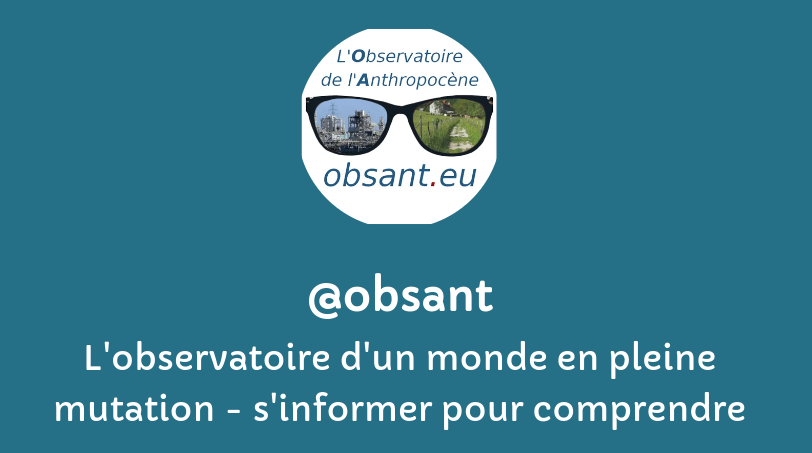filtre:
India
2025
For hundreds of millions of people living in India and Pakistan the early arrival of summer heatwaves has become a terrifying reality that’s testing survivability limits and putting enormous strain on energy supplies, vital crops and livelihoods. Both countries experience heatwaves during the summer months of May and June, but this year’s heatwave season has arrived sooner than usual and is predicted to last longer too. Temperatures are expected to climb to dangerous levels in both countries this week.
2024
De zelfmoordcijfers onder Indiase boeren zijn al jaren torenhoog. Het toont hoe precair de situatie voor hen is, en daar komt de klimaatverandering nog bovenop. Het leidt tot een crisis die de voedselzekerheid van India in het gedrang kan brengen.
Months of scorching temperatures sometimes over 50 degrees Celsius (122 Fahrenheit) in parts of India this year left hundreds dead or ill. Official government records put the number of heat-related deaths this year as 110, but public health experts say that number is more likely in the thousands. Poor data collection methods and reporting are stopping the country from getting a more accurate picture of how deadly the heat is. Experts are concerned that it's hindering efforts to better prepare for future heat waves.
In India hebben tussen maart en mei al bijna 25.000 mensen een hitteberoerte gehad, veroorzaakt door de aanhoudende extreme temperaturen. Al minstens 56 Indiërs zijn aan zo'n hitteberoerte gestorven. Ondertussen kampen verschillende wijken van Delhi, waar de hoofdstad New Delhi deel van uitmaakt, met watertekorten.
Anthropogenic emissions drive global-scale warming yet the temperature increase relative to pre-industrial levels is uncertain. Using 300 years of ocean mixed-layer temperature records preserved in sclerosponge carbonate skeletons, we demonstrate that industrial-era warming began in the mid-1860s, more than 80 years earlier than instrumental sea surface temperature records. The Sr/Ca palaeothermometer was calibrated against ‘modern’ (post-1963) highly correlated (R2 = 0.91) instrumental records of global sea surface temperatures, with the pre-industrial defined by nearly constant (<±0.1 °C) temperatures from 1700 to the early 1860s. Increasing ocean and land-air temperatures overlap until the late twentieth century, when the land began warming at nearly twice the rate of the surface oceans. Hotter land temperatures, together with the earlier onset of industrial-era warming, indicate that global warming was already 1.7 ± 0.1 °C above pre-industrial levels by 2020. Our result is 0.5 °C higher than IPCC estim
2023
India zit in een lastige spagaat: enerzijds zet het land grootscheeps in op schone energie, anderzijds blijft het hardnekkig vasthouden aan vervuilende steenkool. Hoe verzoen je de drang tot ontwikkeling met ambities om te verduurzamen?
Flash drought, characterized by unusually rapid drying, can have substantial impact on many socioeconomic sectors, particularly agriculture. However, potential changes to flash drought risk in a warming climate remain unknown. In this study, projected changes in flash drought frequency and cropland risk from flash drought are quantified using global climate model simulations. We find that flash drought occurrence is expected to increase globally among all scenarios, with the sharpest increases seen in scenarios with higher radiative forcing and greater fossil fuel usage. Flash drought risk over cropland is expected to increase globally, with the largest increases projected across North America (change in annual risk from 32% in 2015 to 49% in 2100) and Europe (32% to 53%) in the most extreme emissions scenario. Following low-end and medium scenarios compared to high-end scenarios indicates a notable reduction in annual flash drought risk over cropland. Flash droughts are projected to become more frequent unde
Tijdens ons uitgebreid gesprek met Noam Chomsky vorig jaar had hij het tevens over de oorsprong van de wapen- en geweldcultuur in de VS. Zoals hij uitlegt in dit uittreksel van 11:50 minuten: "Promotie van vrije wapendracht is een methode om arme witte kiezers aan te trekken, die anders nooit voor een partij zouden kiezen die met zijn echt programma alleen voor de rijke Amerikanen zorgt."
2022
De enorme hittegolf die afgelopen maanden Pakistan en India teisterde, toont opnieuw hoe ernstig de klimaatcrisis nu al is. De toekomst oogt nog grimmiger als we de CO2-uitstoot niet drastisch inperken. Maar wie moet de meeste verantwoordelijkheid opnemen?, vraagt milieuwetenschapper Aaron Van Poecke zich af.
Wie de voorbije zomer pufte van de warmte in West-Europa, had daar alle reden toe. In India schoten de temperaturen dit jaar nóg meer de hoogte in: de hittegolven regen er zich aaneen dit jaar, met opeenvolgende dagen van 45 graden en meer. Journaliste Lisa Dupuy ging na hoe de hitte en droogte de Indiërs treffen.



